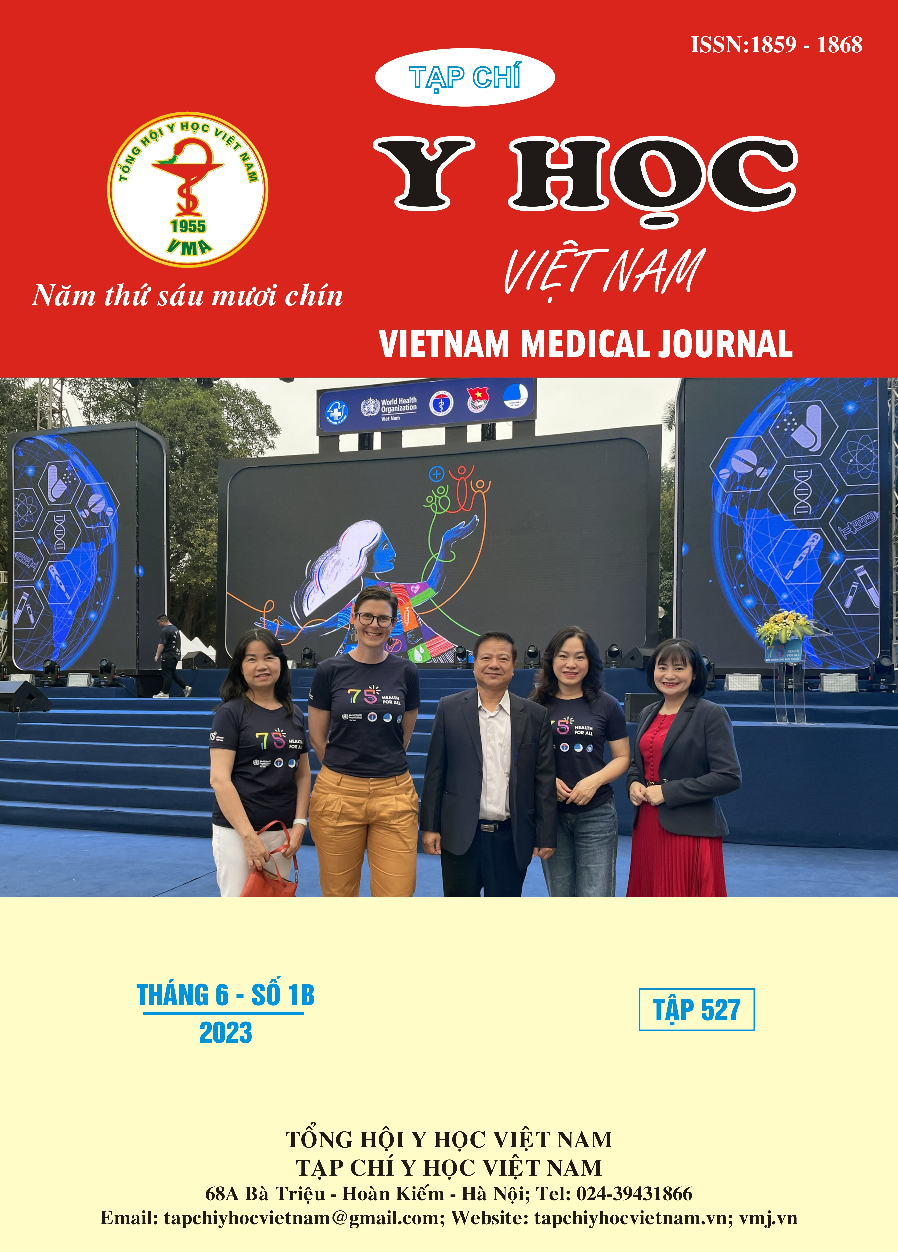SOLUBILITY PREDICTION AND VECTOR DESIGN FOR THE EXPRESSION OF HUMAN INTERLEUKIN-2 IN ESCHERICHIA COLI
Main Article Content
Abstract
Background: Interleukin-2 (IL-2) plays an important role in T cell formation, development, differentiation, and homeostasis; it has been approved by the FDA for the treatments of metastatic renal cell carcinoma and metastatic melanoma. Objectives: This study aims to predict the solubility of human IL-2, from which a recombinant plasmid to express IL-2 as soluble protein in Escherichia coli can be designed. Methods: Three web-based tools including PSOLart, NetSolP and SoDoPE were used to predict the solubility of IL-2 alone and when being fused with tags. Results: The solubility of IL-2 was predicted as average to poor by all three tools. NetSolP indicated that the expressibility of IL-2 in E. coli is low; the solubility can be improved with tags MBP and SUMO as suggested by SoDoPE. Conclusions: The study has predicted the solubility of human IL-2 and designed a recombinant plasmid in which IL-2 is fused with SUMO and condons optimized for expression in E. coli
Article Details
Keywords
interleukin-2, solubility, SUMO tag
References
2. Halim S. A., Abdalla O. M., Mesaik M. A. et al. (2013), "Identification of novel Interleukin-2 inhibitors through computational approaches", Molecular diversity. 17(2), pp. 345-355.
3. Hou, Q., Kwasigroch, J. M., Rooman, M., & Pucci, F. (2020). SOLart: a structure-based method to predict protein solubility and aggregation. Bioinformatics, 36(5), 1445-1452.
4. Arkin, M. R., Randal, M., DeLano, W. L., Hyde, J., Luong, T. N., Oslob, J. D.,... & Braisted, A. C. (2003). Binding of small molecules to an adaptive protein–protein interface. Proceedings of the National Academy of Sciences, 100(4), 1603-1608.
5. Thumuluri, V., Martiny, H. M., Almagro Armenteros, J. J., Salomon, J., Nielsen, H., & Johansen, A. R. (2022). NetSolP: predicting protein solubility in Escherichia coli using language models. Bioinformatics, 38(4), 941-946.
6. Bhandari B.K., Lim C.S., Gardner P.P. (2021) “TISIGNER.com: web services for improving recombinant protein production”, Nucleic Acids Research. 49(W1), pp. W654-W661.
7. Costa S. J., Almeida A., Castro A., Domingues L., Besir H. (2012), “The novel Fh8 and H fusion partners for soluble protein expression in Escherichia coli: a comparison with the traditional gene fusion technology”, Applied Microbiology and Biotechnology, 97(15), 6779-6791.
8. Marblestone J. G., Edavettal S. C., Lim Y. et al. (2006), "Comparison of SUMO fusion technology with traditional gene fusion systems: enhanced expression and solubility with SUMO", Protein Science. 15(1), pp. 182-189.


